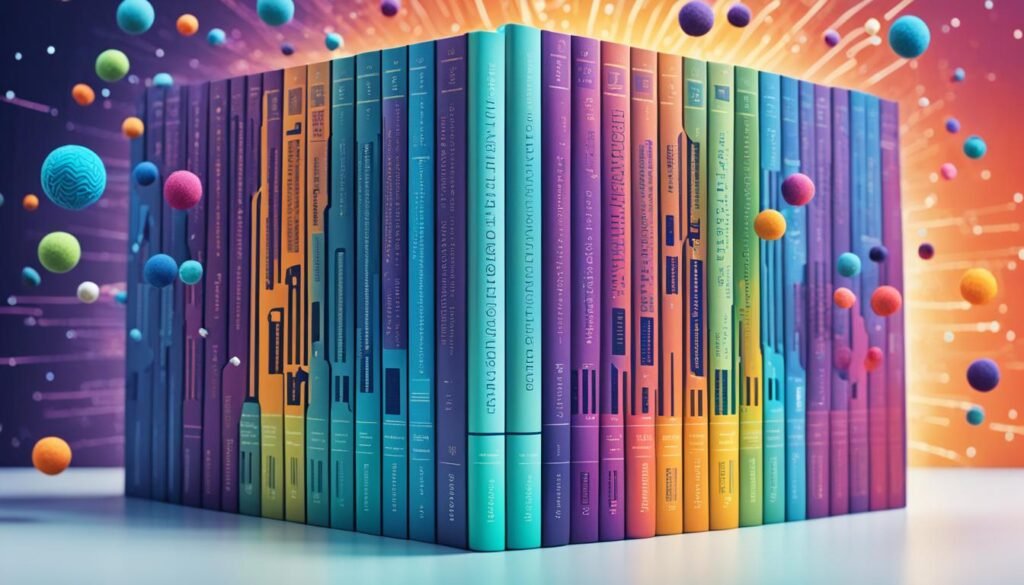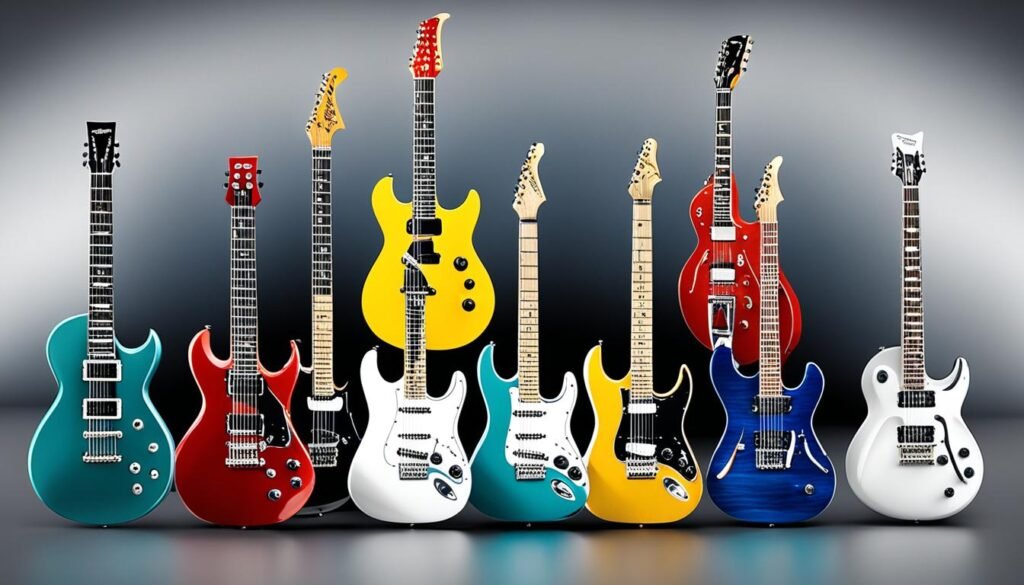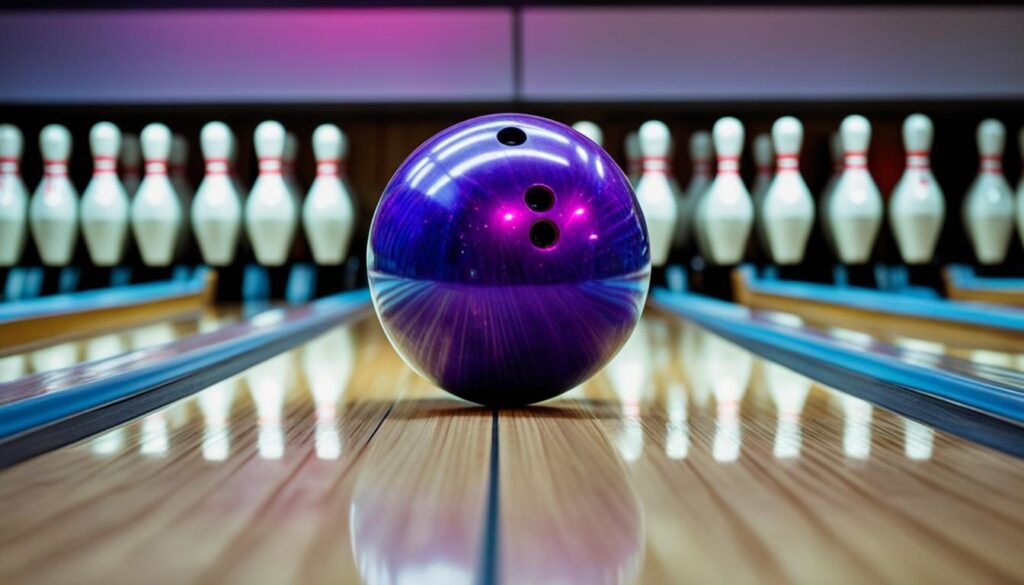Embroidery is a beautiful art form that allows you to unleash your creativity and create stunning designs. But when it comes to choosing the best thread for your embroidery projects, where do you start? With so many options available, knowing which thread is right for your project can be overwhelming.
Are you curious which thread will give your embroidery the perfect finish? How can you ensure that your chosen thread is of the highest quality and will stand the test of time? Let’s explore the world of embroidery threads together and discover the best options for your projects.
Key Takeaways:
- Choosing the right thread is crucial for achieving the desired effect in your embroidery projects.
- DMC and Anchor are popular and trusted brands offering high-quality embroidery threads.
- Consider factors such as color range, thread type, and sustainability when selecting the best thread.
- Experiment with different thread types to discover the unique effects they can create in your embroidery.
- Proper organization and storage of your embroidery threads can save you time and keep them in good condition.
Exploring Different Types of Embroidery Thread
When it comes to embroidery, there are various types of thread to choose from, each with unique qualities. Understanding the different types can help you select the right thread for your project.
Six-Stranded Cotton
One of the most common types of embroidery thread is six-stranded cotton. This versatile thread can be separated into individual strands, allowing you to adjust the thickness and create different effects in your stitches.
Several quality brands are offering Six-Stranded Cotton. We have selected:
DMC 117-413 Six-Stranded Cotton Embroidery Floss
This brand, having a 4.4-star rating on amazon.com, is one of the popular choices among users.
Pearl Cotton
Pearl cotton is a two-ply construction that adds a touch of shine and texture to your embroidery. It’s ideal for creating elegant and defined stitches. This thread is available in various sizes, offering options for different projects.
One of the popular choices among the masses is:
Wonderfil Eleganza #8 Perle Cotton Embroidery Thread Sampler Collection, “Kaleidoscope”
Metallic Threads
Metallic threads are the way to go if you want to add sparkle and shine to your embroidery. These threads are made with a metallic coating and come in various colors and finishes. They are perfect for adding accents and highlights to your designs.
Variegated Thread
Variegated thread is a blend of different colors along its length. This type of thread creates interesting texture and dimension in your embroidery, making it great for adding depth and visual interest to your projects. It can be especially effective in landscapes and floral designs.
When selecting the correct type of thread for your embroidery project, consider the effect you want to achieve and the specific requirements of your design. Experimentation with different thread types can lead to stunning and unique results!
Considering Different Thread Colors and Charts
Embarking on an embroidery project offers the exciting opportunity to select the perfect thread colors to breathe life into your designs. With a vast array of hues from reputable brands like DMC and Anchor, the possibilities for creativity are endless.
1. Wide Range of Colors:
DMC and Anchor offer extensive selections of over 450 block colors each, ensuring you can find precisely the shades you envision for your project. From classic neutrals to vibrant jewel tones and everything in between, there’s a color to suit every design aesthetic.
2. Classic Neutrals and Vibrant Hues:
Classic neutrals like black, white, and gray are versatile staples in any embroidery enthusiast’s collection. Meanwhile, a spectrum of vibrant hues spanning the rainbow allows you to infuse your designs with personality and flair.
3. Variegated Threads for Dimension:
Variegated threads introduce an extra dimension to your embroidery with gradual color changes along the length. These threads are particularly effective for projects depicting natural elements such as flowers, skies, or landscapes, adding depth and visual interest to your designs.
4. Utilizing Color Charts:
When navigating the many thread colors available, having a color chart at your disposal can be invaluable. Color charts visually represent the available colors, making comparing and selecting the shades you need for your projects easier.
5. Conversion Charts for Compatibility:
Conversion charts are valuable for matching colors between brands like DMC and Anchor. These charts help you find the closest equivalent colors across brands, ensuring compatibility and consistency in your embroidery projects.
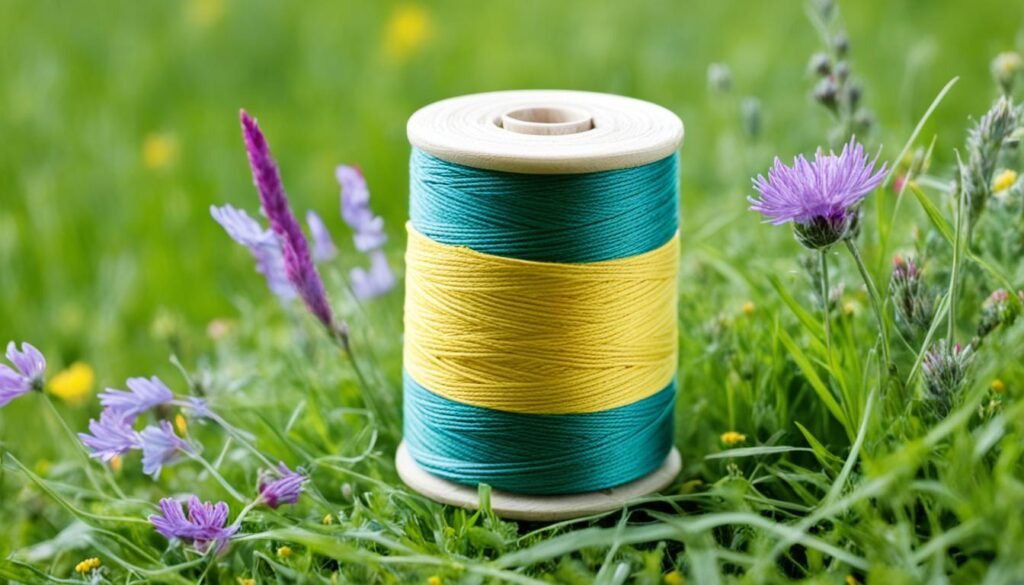
Tips for Embroidering with Different Thread Types
Embroidering with different thread types can add variety and texture to your projects. However, every kind of thread requires some adjustments in technique to achieve the best results. Here are some tips to help you navigate the challenges and make the most of different thread types:
1. Metallic Threads
Consider using a needle threader to make threading easier when working with metallic threads. Metallic threads can be more challenging to handle due to their slippery nature, so a threader can help you avoid frustration. Additionally, using shorter lengths of metallic thread can prevent excessive wear and reduce the likelihood of tangling.
2. Silk Threads
Choosing the right weight for your needle is important when using silk threads. Silk thread comes in different weights, ranging from fine to heavy. Thinner silk threads work best with smaller needles, while heavier silk threads require larger needles. Remember that silk tends to fray easily, so handle it carefully to maintain its integrity throughout your embroidery project.
3. Wool Threads
Wool threads can add a lovely fuzzy effect to your embroidery designs. However, keep in mind that wool threads tend to stretch out over time. Consider this when selecting wool threads for projects that require long-lasting stability. Experiment with different stitch types and tension to find the best way to work with wool threads and achieve the desired effect.
Practice and experimentation are critical to successful embroidery with different thread types. As you become more familiar with the characteristics of each kind of thread, you can adapt your techniques to achieve the best results. So, explore the world of embroidery threads to create stunning and unique designs!
Recommendations for High-Quality Embroidery Threads
When it comes to creating stunning embroidered pieces, investing in high-quality embroidery threads is paramount. Here are some recommendations for trusted brands known for their exceptional quality and extensive color options:
1. DMC (Dollfus-Mieg & Compagnie):
DMC is a renowned name in the embroidery world, offering various threads suitable for stitching techniques. Their six-stranded cotton floss is a staple for many embroiderers, known for its vibrant colors and durability. DMC also produces specialty threads like pearl cotton, metallics, and variegated threads, providing endless creative possibilities.
2. Anchor:
Anchor threads are another favorite among embroidery enthusiasts, prized for their quality and colorfastness. Like DMC, Anchor offers diverse embroidery threads, including stranded cotton, pearl cotton, and metallics. Their threads are known for their smooth texture and excellent stitch definition, making them ideal for intricate designs.
3. Valdani:
Stitchers belove valdani threads for their rich, hand-dyed colors and superior quality. Specializing in Perle cotton and variegated threads, Valdani offers unique color combinations that add depth and dimension to embroidery projects. Their threads are dyed using environmentally friendly processes, appealing to eco-conscious crafters.
4. Kreinik:
Kreinik is synonymous with metallic threads, known for their shimmering finish and superior strength. Whether adding a touch of sparkle to your designs or creating intricate metallic accents, Kreinik threads deliver unmatched brilliance and resilience. Their extensive range includes metallic braids, blending filaments, and holographic threads.
5. Wonderfil:
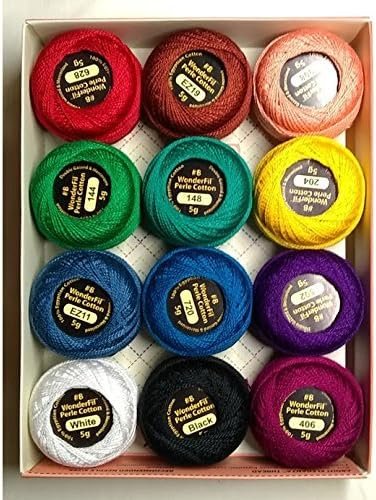
Wonderfil threads are prized for their innovation and quality, offering a wide selection of specialty threads suitable for all types of embroidery. From silky rayon threads to versatile cotton threads, Wonderfil provides options for every stitching style and preference. Their threads are known for their smoothness, strength, and vibrant colors.
Choosing the Right Thread Size for Your Project
Embroidery enthusiasts know that thread size can make or break the outcome of their projects. Whether aiming for intricate detail or bold texture, selecting the appropriate thread size is key to achieving your desired effect. Here’s what you need to know about embroidery thread sizes and how to choose the right one for your project:
Understanding Thread Sizes:
- Numeric Scale: Embroidery threads are categorized by numbers, with larger numbers indicating finer threads and smaller numbers representing thicker threads. The scale typically ranges from 100 to 12, with 40 being a common choice for embroidery projects.
Considerations for Choosing Thread Size:
- Project Size: Assess the scale of your embroidery project. Finer threads, such as size 100 or 80, are perfect for intricate and delicate designs, offering precision and detail. Meanwhile, thicker threads like size 12 or 6 can add depth and dimension to larger-scale projects.
- Detail Level: Consider the detail you want to achieve in your embroidery. Finer threads excel at capturing intricate details, while thicker threads create bolder, more visible stitches. Match the thread size to the level of intricacy in your design for optimal results.
- Texture and Dimension: Consider the texture and dimension you want to incorporate into your embroidery. Thicker threads can create raised, textured effects, adding visual interest and depth to your designs. Experiment with different thread sizes to achieve the desired tactile and visual effects.
Practical Tips:
- Sample Testing: Before starting your main embroidery project, conduct sample tests using different thread sizes. This hands-on approach lets you see how each thread size interacts with your chosen fabric and design, helping you make an informed decision.
- Project Compatibility: Ensure that your chosen thread size complements the scale and complexity of your embroidery design. Avoid using thread sizes that are either too small or too large for your project, as this can compromise the final result.
Tips for Organizing and Storing Embroidery Threads
Embroidery enthusiasts understand the importance of keeping their threads organized and accessible. Whether you’re a beginner or a seasoned stitcher, these tips will help you streamline your thread storage and ensure your colors stay vibrant and tangle-free:
1. Use Plastic Bobbins:
- Wind each skein of embroidery floss onto a plastic bobbin, labeling it with relevant details such as color name, number, or weight. This method lets you quickly identify and access the threads you need for your projects.
2. Implement Thread Nets:
- Prevent tangling and maintain the integrity of your threads by using thread nets. Slide each skein into a net and secure it with a knot or clip. This protective layer helps keep your threads organized and ready for use.
3. Designate a Storage Space:
- Dedicate a drawer, box, or storage system for your embroidery threads. Choose a clean, dry area away from direct sunlight to preserve the quality of your threads. Consider organizing them by color family or numerical order for efficient retrieval.
4. Label and Sort:
- Label each section or drawer in your storage system with color names, numbers, or categories to streamline retrieval. Sorting your threads by hue or shade makes it easier to find the perfect color for your project without rummaging through your collection.
5. Maintain Regular Maintenance:
- Periodically review your thread collection to remove any damaged or unusable threads. Replace worn-out bobbins or thread nets to keep your storage system in top condition. Regular maintenance ensures your threads remain organized and of good quality.
6. Consider Portable Solutions:
- If you often stitch on the go, invest in portable thread organizers or travel cases. These compact solutions allow you to bring your favorite threads while keeping them organized and protected during transit.
7. Explore Creative Display Options:
- Showcase your vibrant thread collection by arranging them in decorative jars, baskets, or wall-mounted organizers. Not only does this add visual interest to your crafting space, but it also makes it easy to admire and access your threads when inspiration strikes.
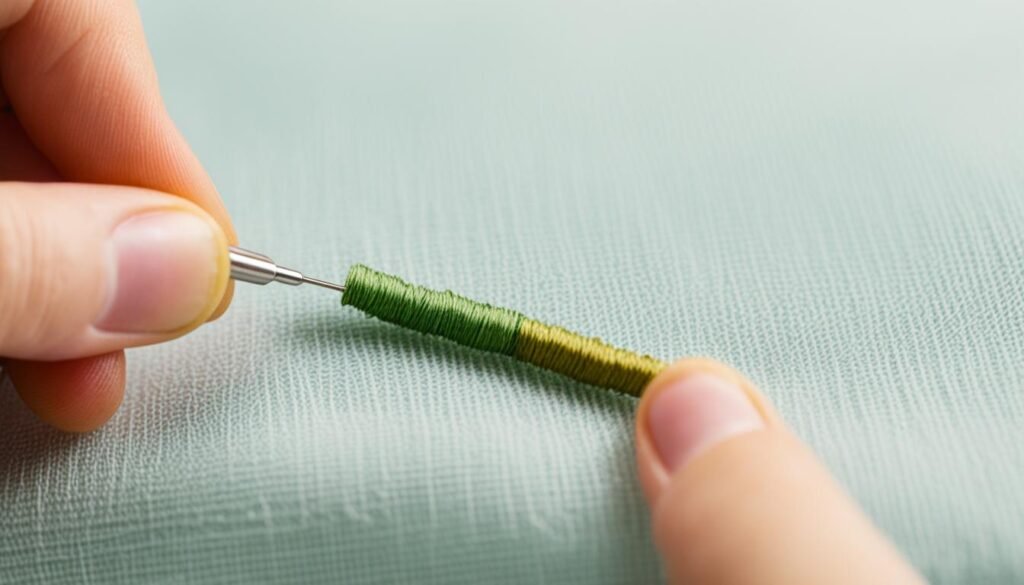
Tips for Threading and Working with Embroidery Threads
Threading and working with embroidery threads can sometimes be tricky, especially when dealing with multiple or thick threads. However, with the proper techniques and tools, you can overcome these challenges and create beautiful embroidery projects. Here are some helpful tips to make your threading and embroidery process smoother:
1. Use a Threader for Threading Multiple or Thick Threads
Threading multiple or thick threads through a needle can be frustrating, but using a threader can make the task much easier. One popular threader is the Clover Embroidery Threader, which has a thin wire loop that helps guide the threads through the needle’s eye. This tool saves time and prevents breakage and fraying of the threads.
2. Be Mindful When Working with Metallic Threads
Metallic threads add a shimmery and eye-catching effect to embroidery projects, but they can be more challenging than other thread types. To make working with metallic threads easier, use bigger needles with larger eyes. This allows the threads to glide through the needle smoothly without getting stuck. Additionally, using shorter thread lengths can prevent tangling and breakage.
3. Experiment with Different Techniques
Embroidery offers a wide range of techniques that can produce unique effects. Don’t be afraid to experiment with different techniques when working with embroidery threads. For example, use a laying tool to keep the threads flat and smooth when working with silk threads. Consider using long, loose stitches for wool threads to create a fluffy and textured effect. Trying out different techniques will help you discover new possibilities and enhance your embroidery skills.
4. Be Patient and Practice
Working with specialty threads like silk and wool can be more challenging due to their delicate and unique properties. It’s important to be patient and give yourself time to practice and develop the skills needed to work with these threads effectively. As you gain more experience, you will become more comfortable handling different types of embroidery threads and achieve better results in your projects.
Remember, embroidery is all about creativity and enjoyment. Embrace the process, learn from each stitching session, and have fun with your embroidery projects!
Author
-

Anne Williams is a passionate wordsmith, blending creativity with expertise in SEO to craft captivating content. With a penchant for concise yet compelling prose, she brings stories to life and leaves readers craving more. When she's not penning her next masterpiece, you can find her exploring new coffee shops or lost in the pages of a good book.
View all posts

